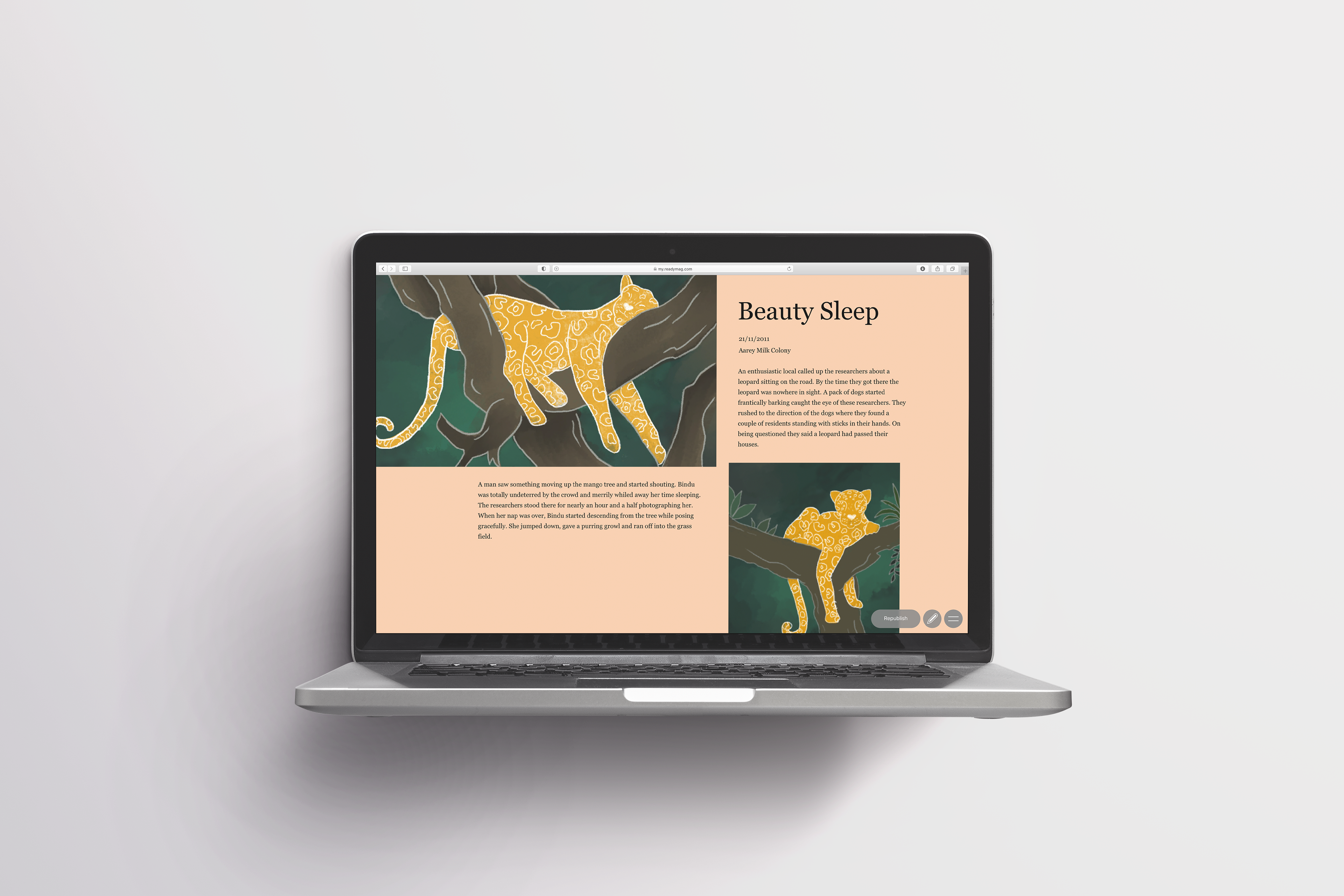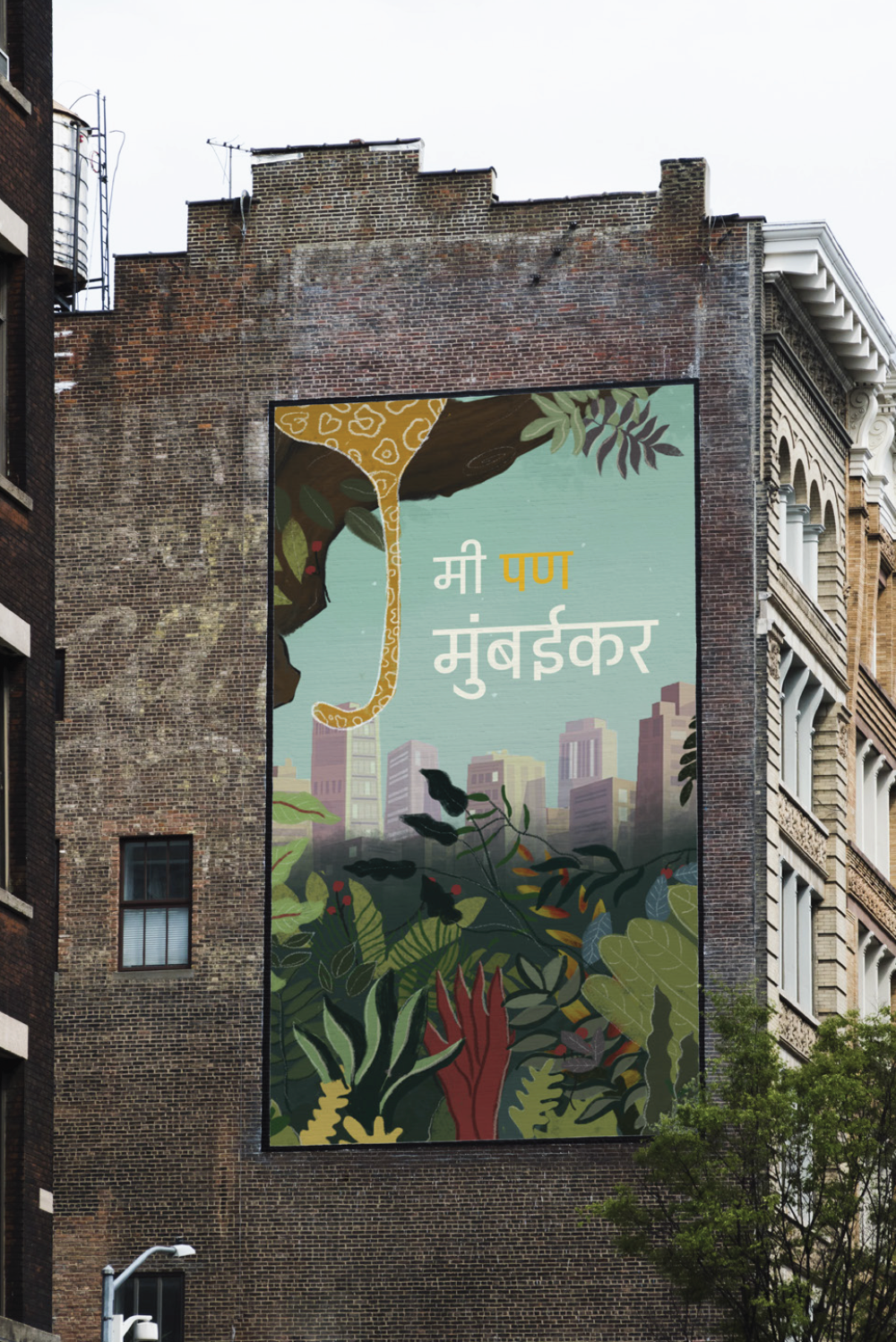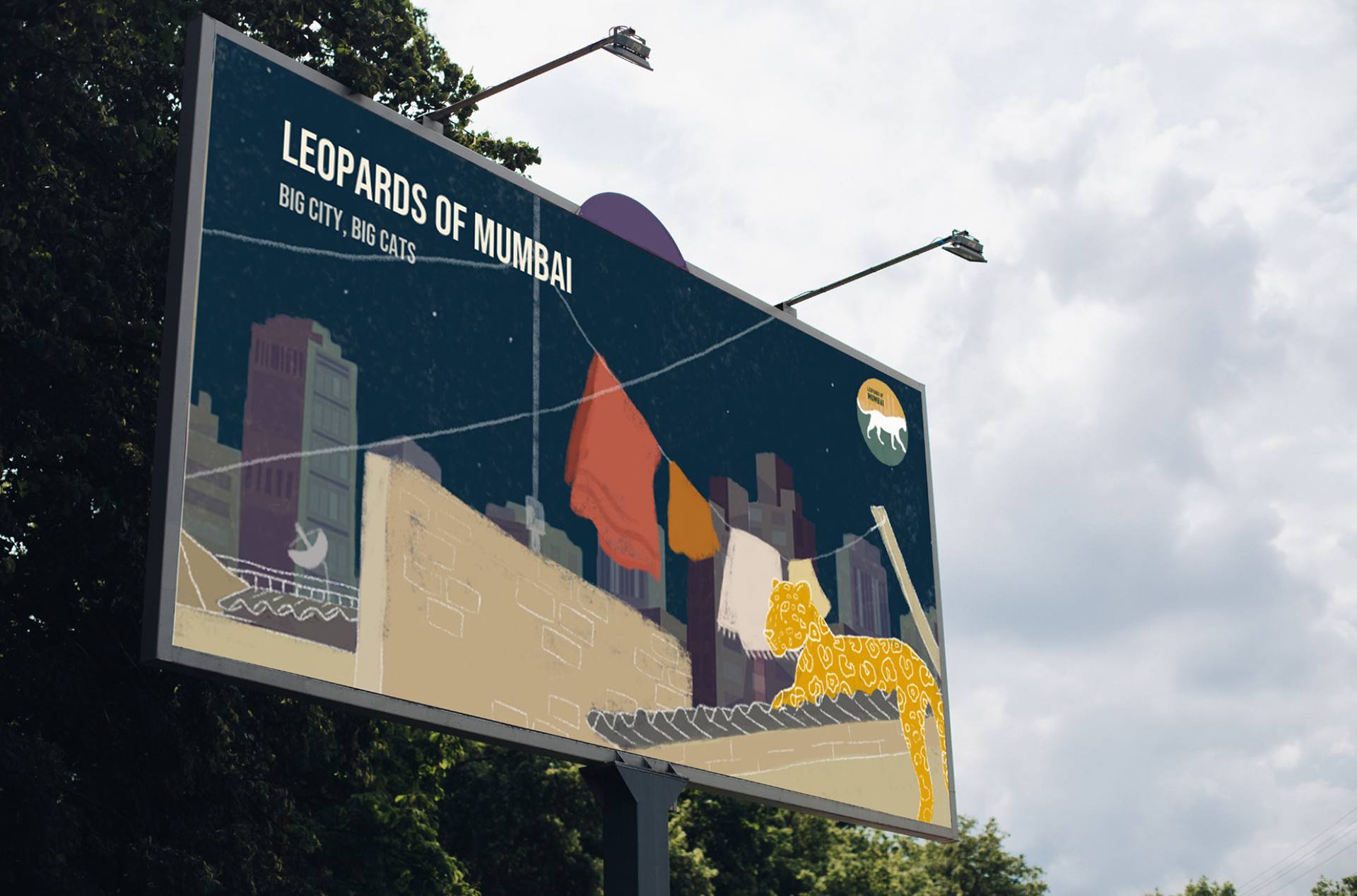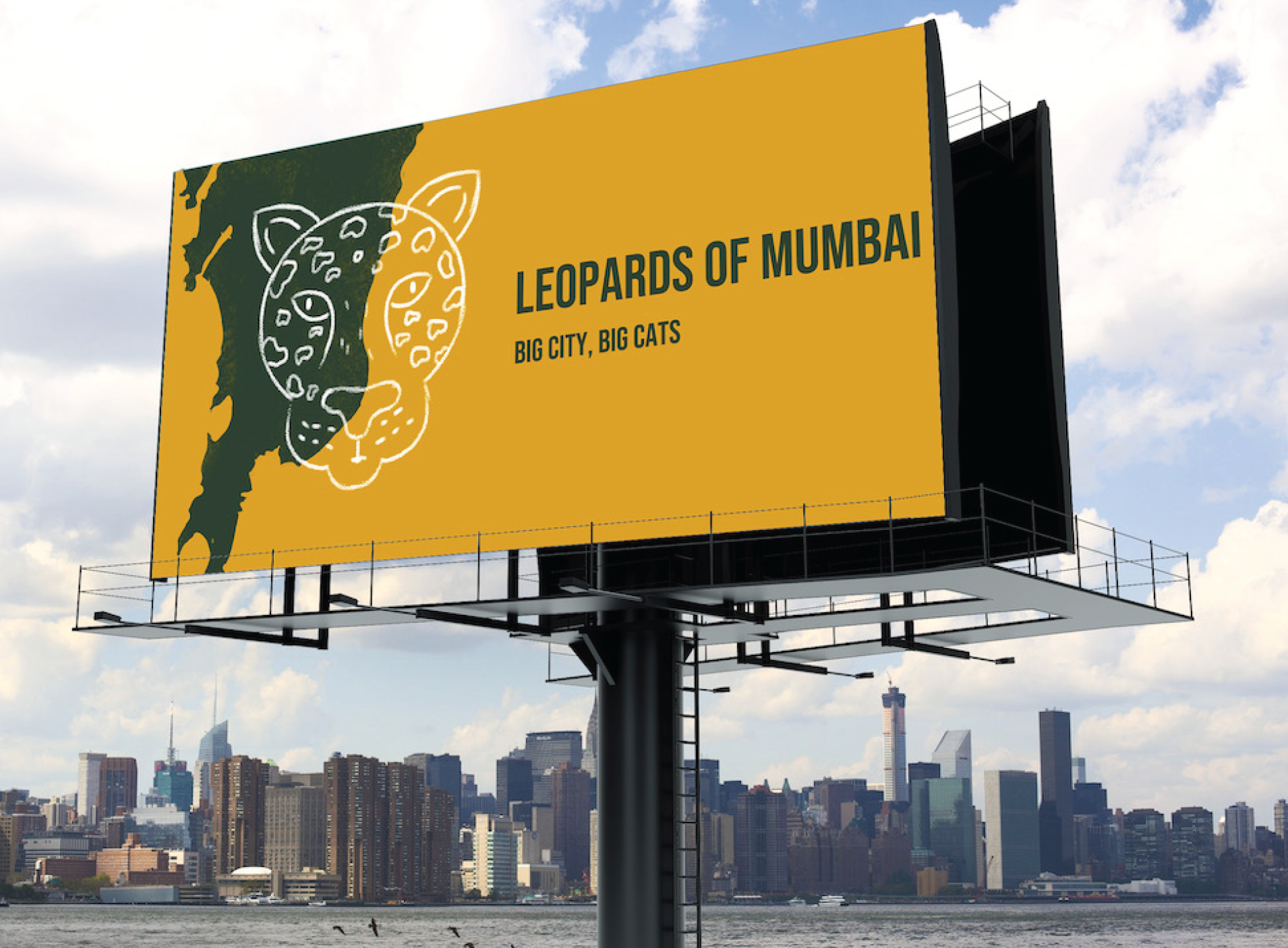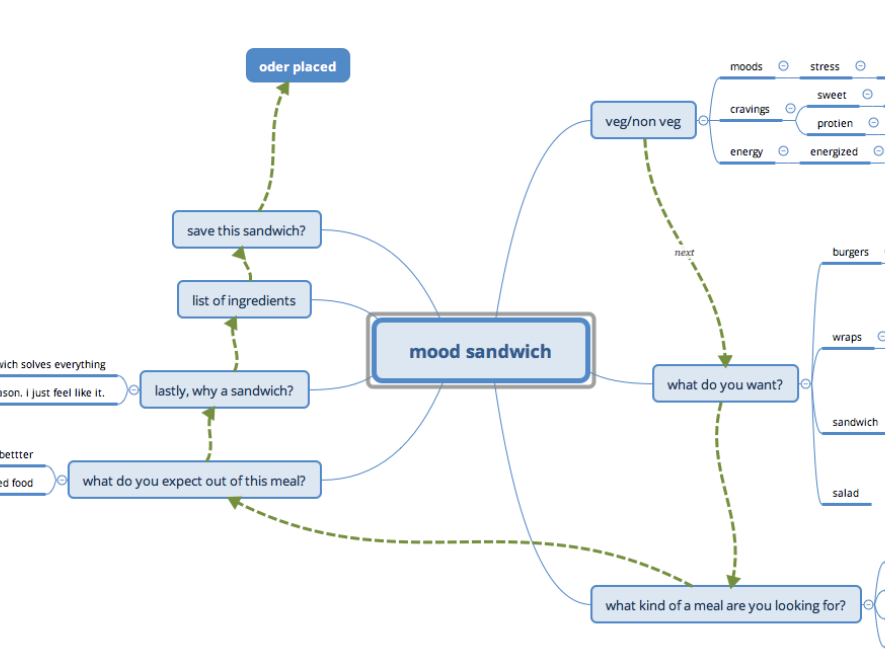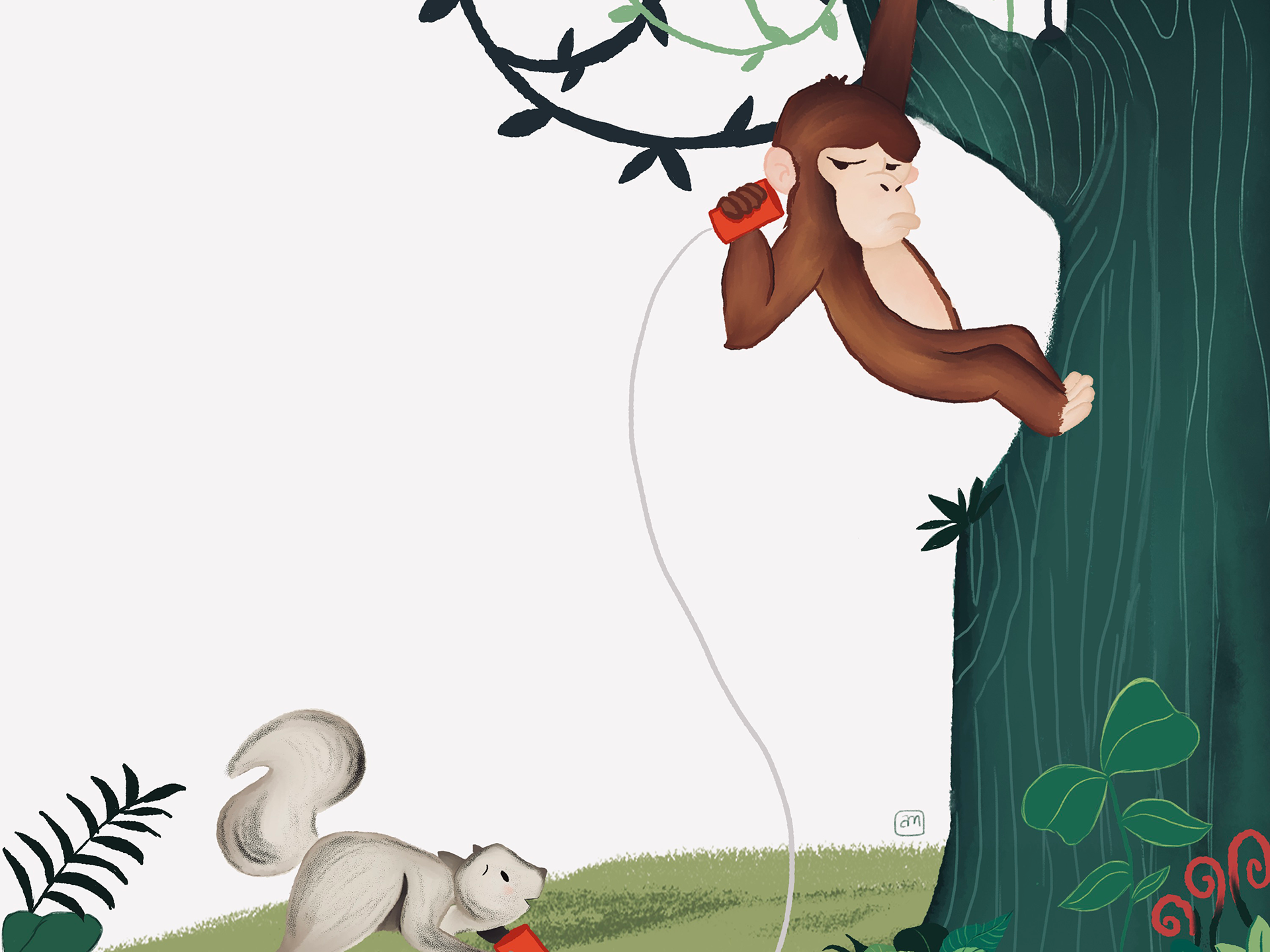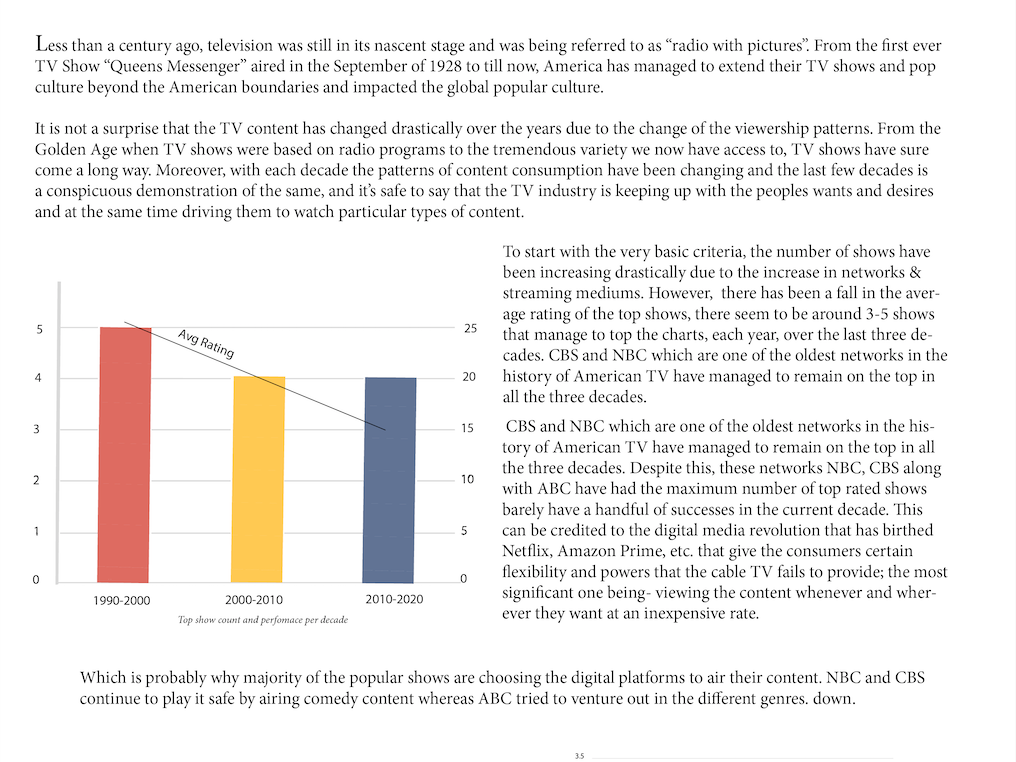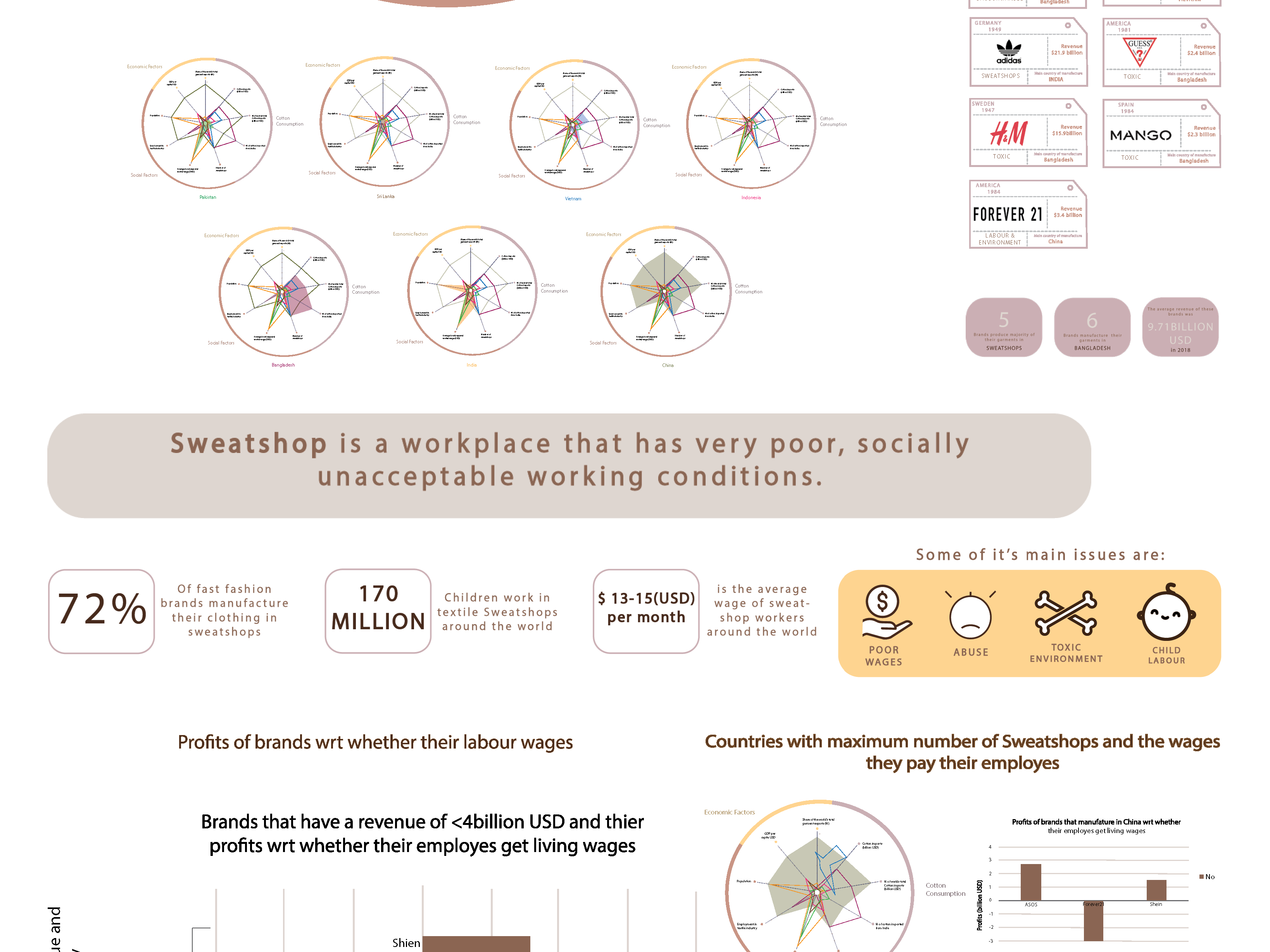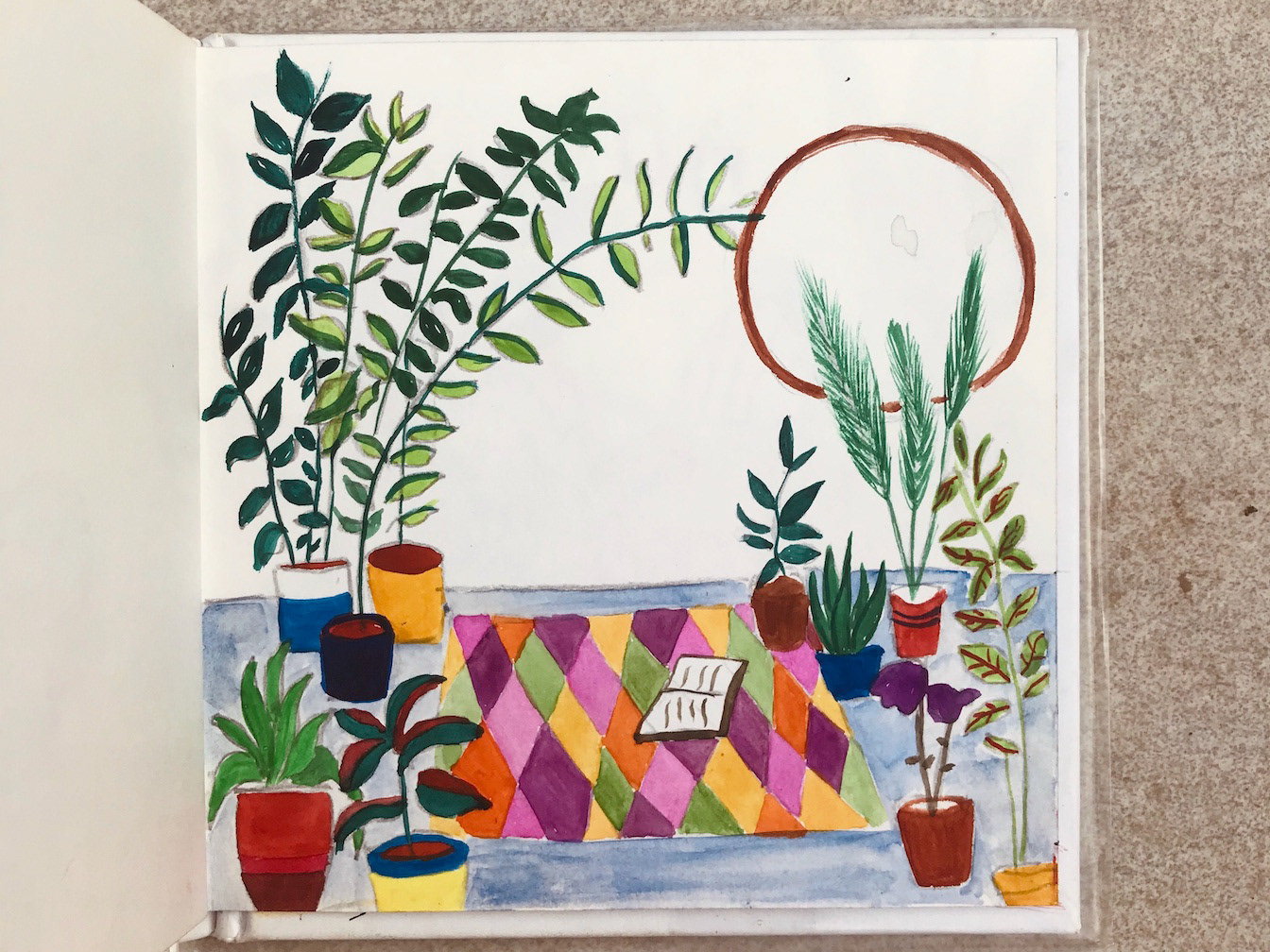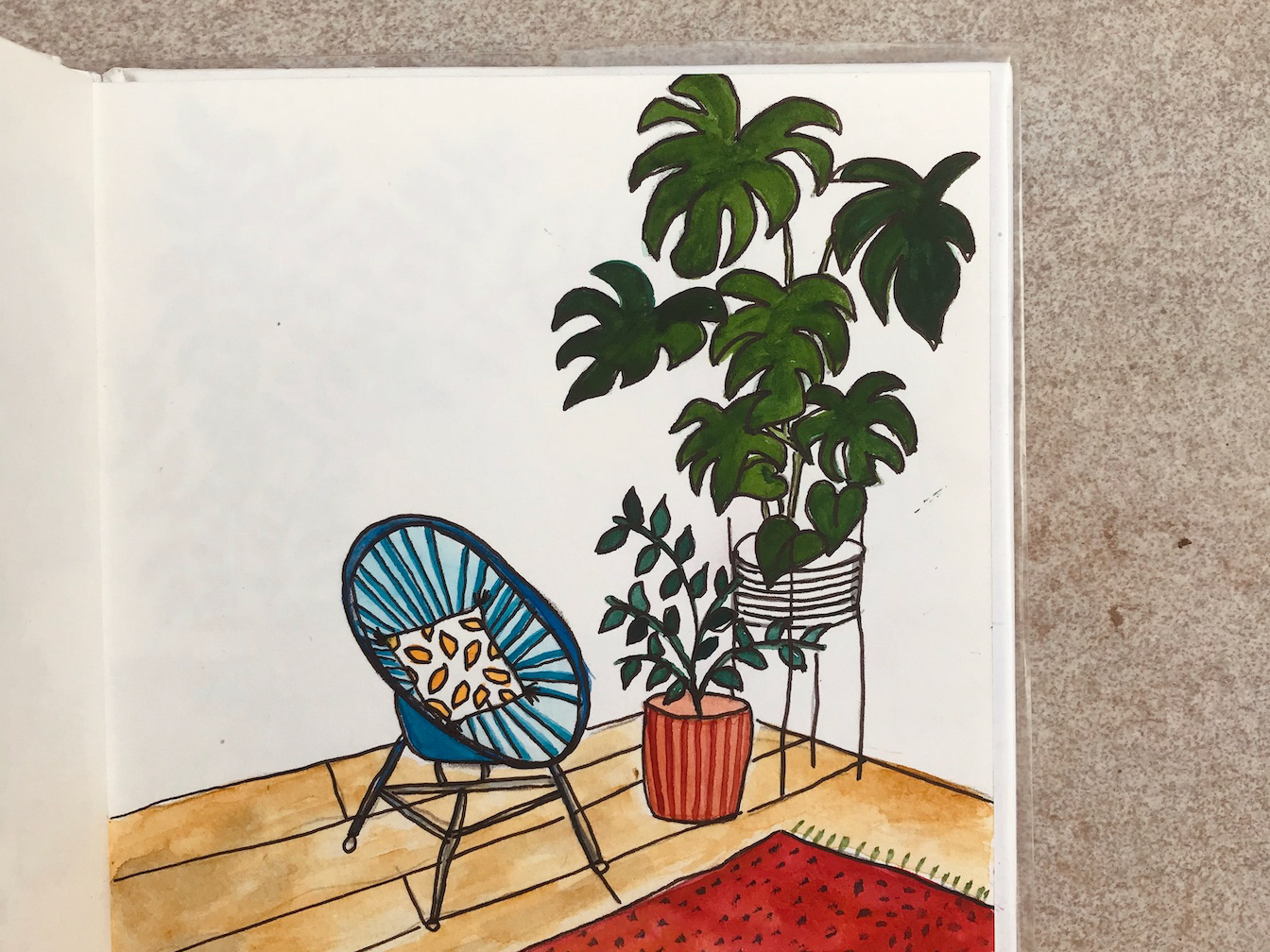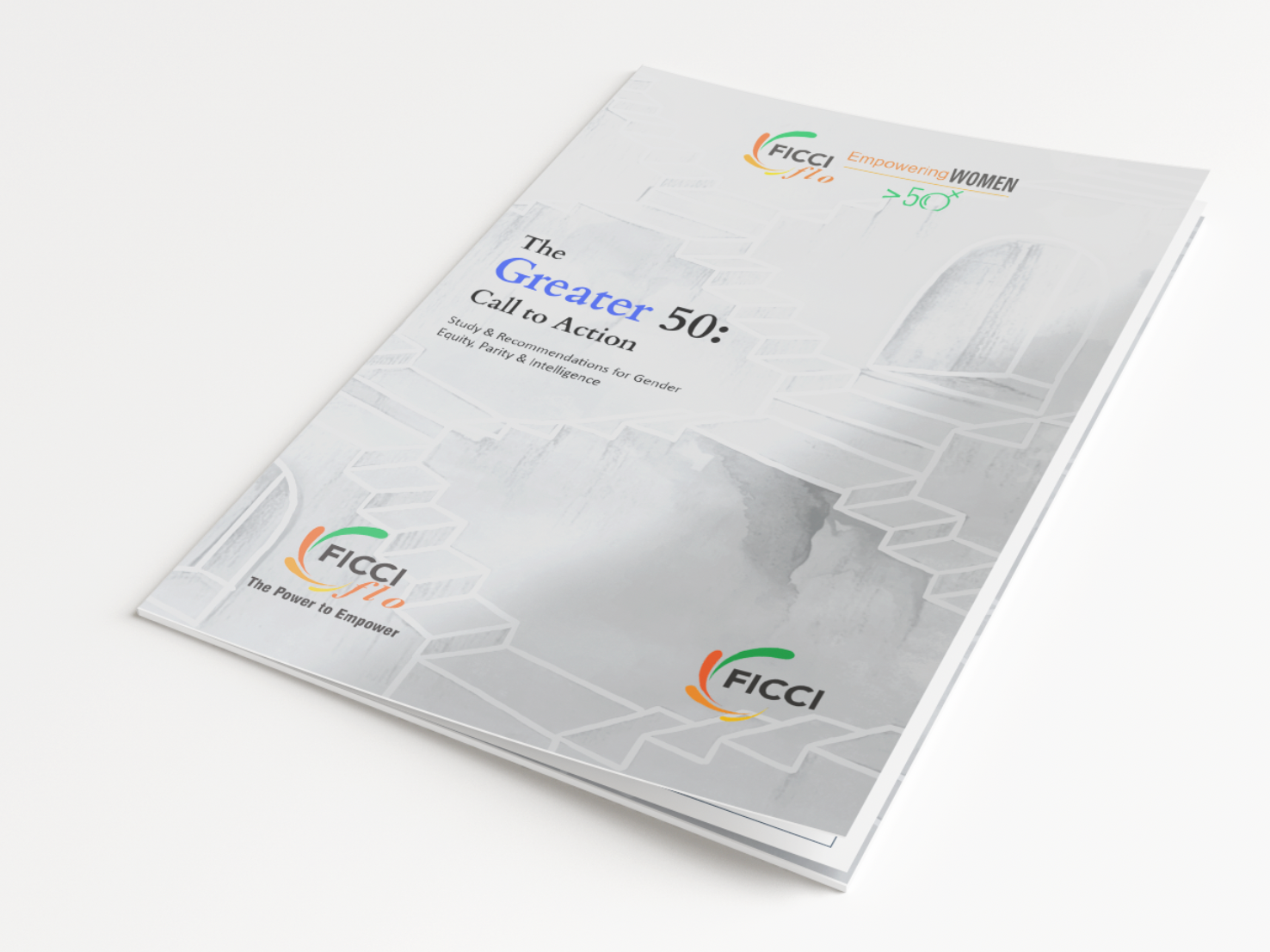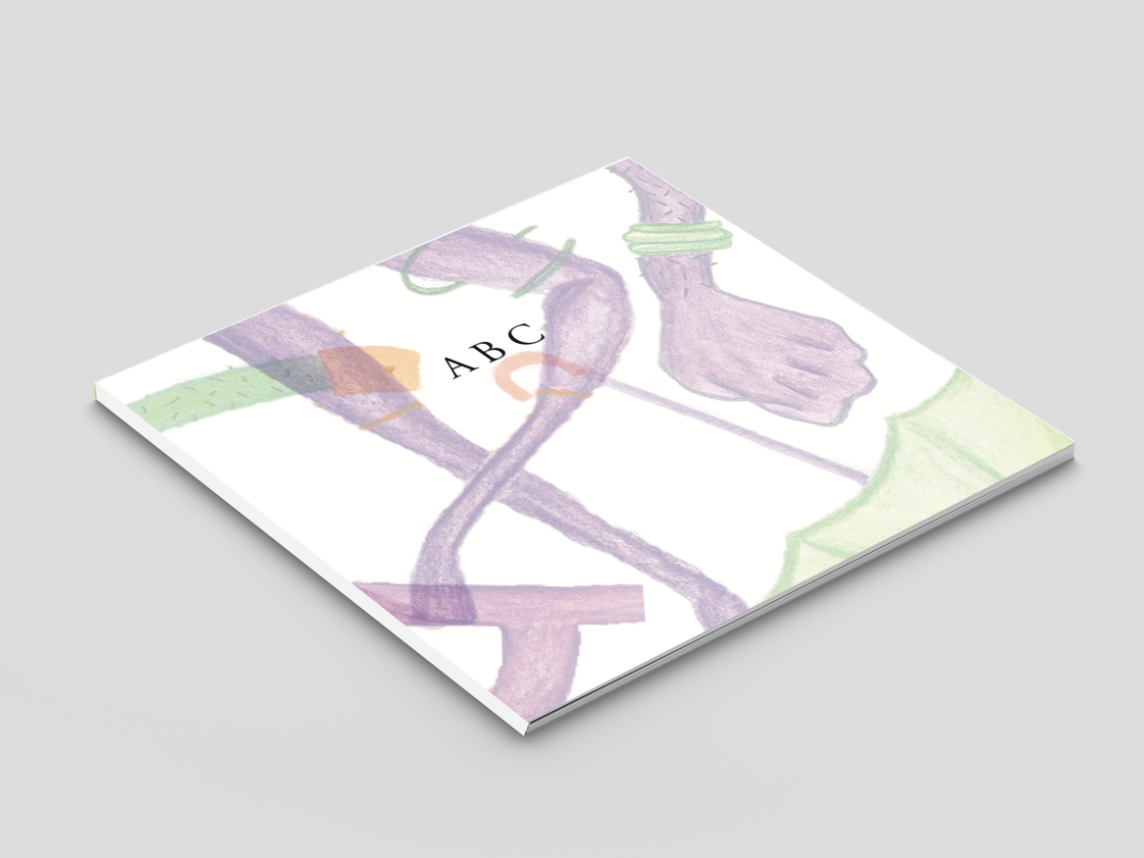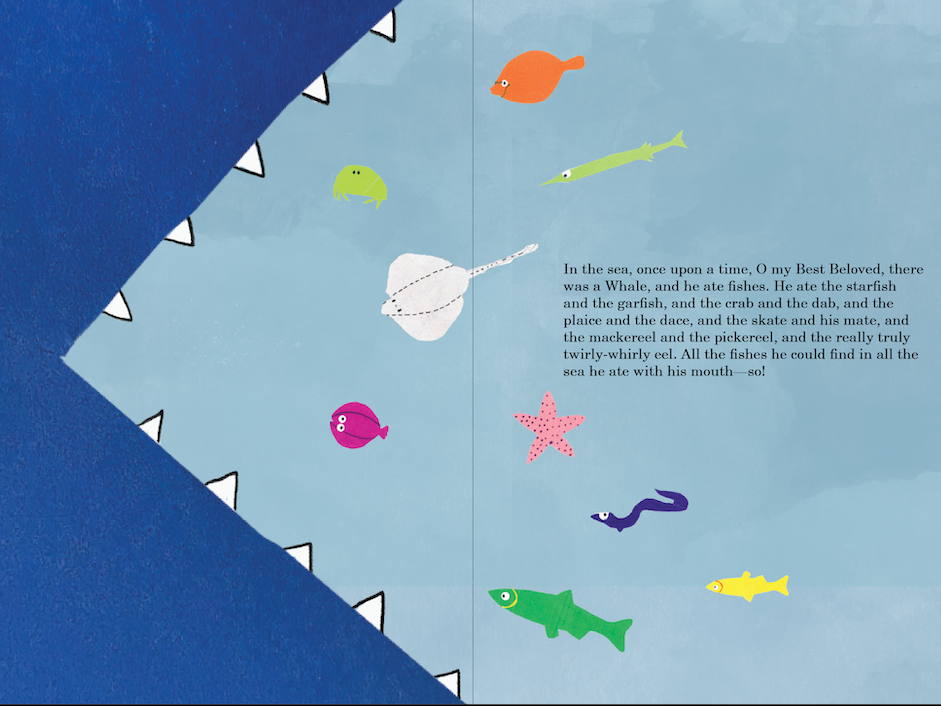Leopards of Mumbai
Having lived in Mumbai my whole life, I decided to looking into the relationship of the people of Mumbai with their furry neighbours, Leopards for my pre-thesis project.
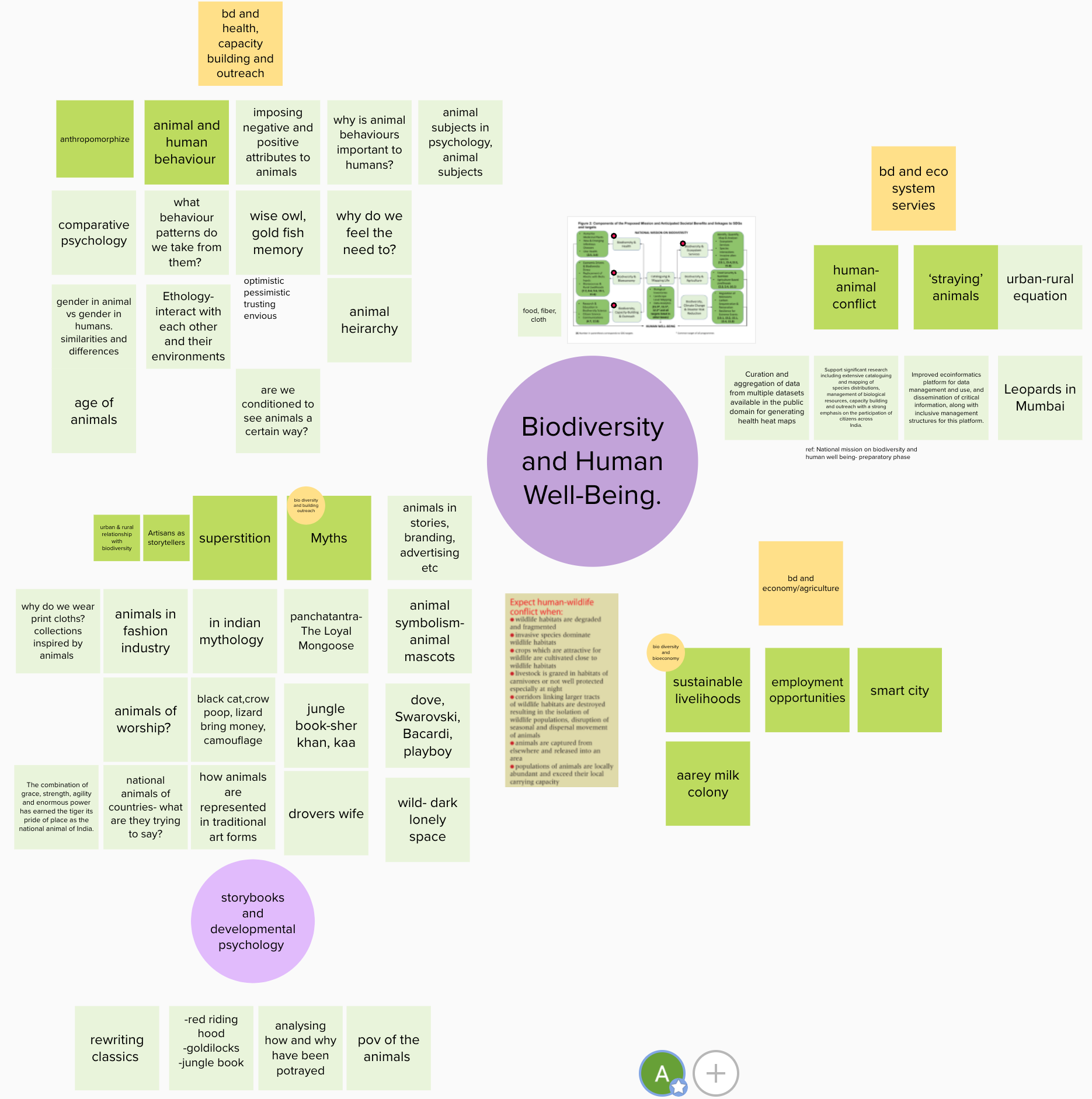
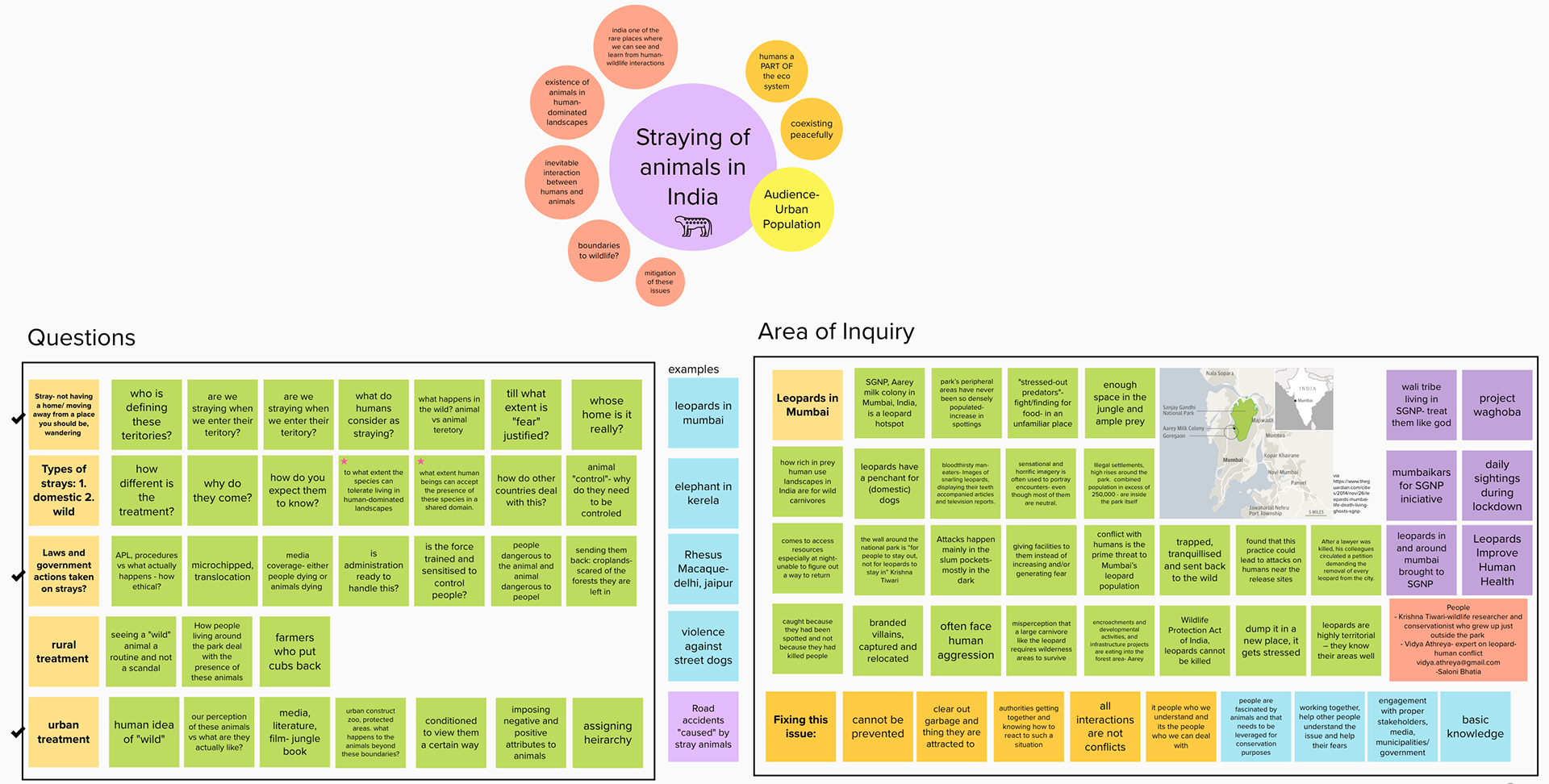

Mumbai is one of the most densely populated cities of the country but a lesser know fact is that it homes a huge National Park right in its heart. This park has one of the largest leopard population and this inevitably has lead to many Human- Animal conflicts. Media had projected these leopards as bloody thirsty man eaters and caused a lot of fear among people. And even though there are organisations that work towards reducing this conflict, most Mumbaikars are either scared or worst, unaware of the fact that we are sharing space with such rich biodiversity.

This project was done in during the Lockdown due to Covid19 so my options were limited. I decided to do an Online campaign that helps us humans understand the importance of sharing space with these big cats by raising awareness among them. The website had basic information about these leopards, what is it like to live with them and also some real stories of some of these leopards peacefully coexisting with the people of Mumbai.
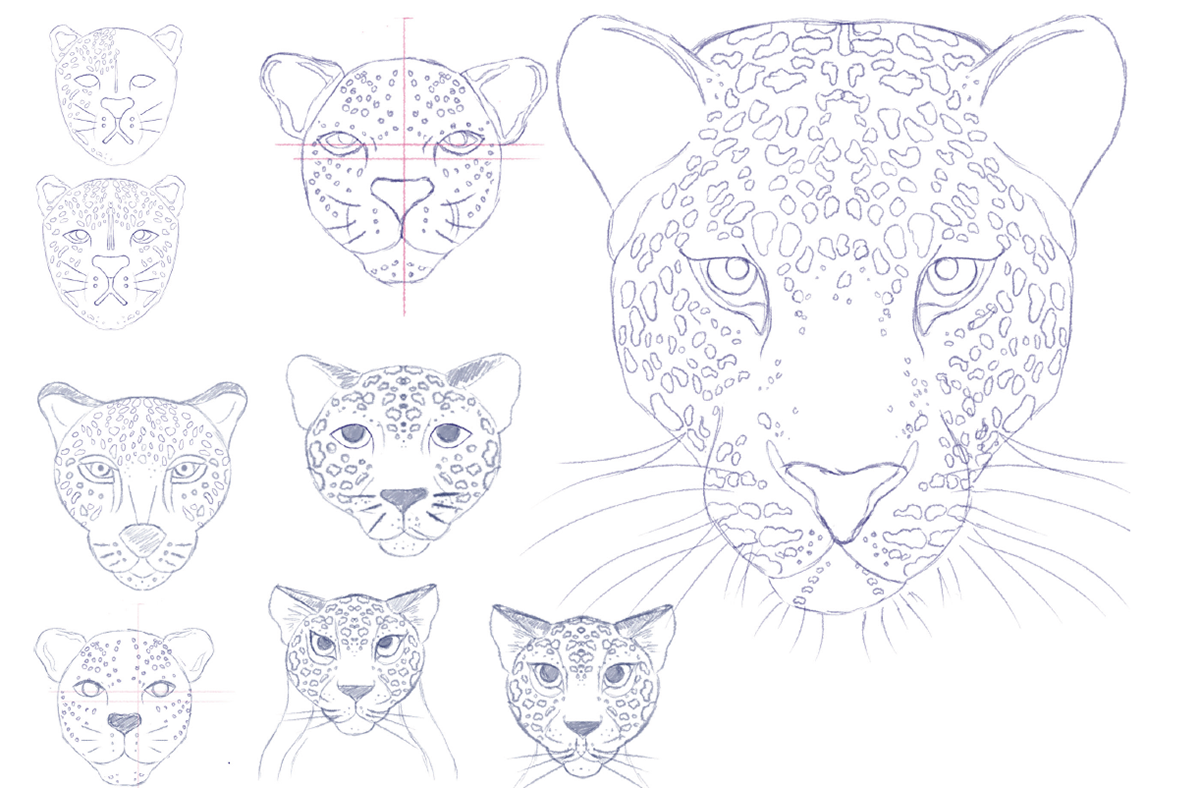
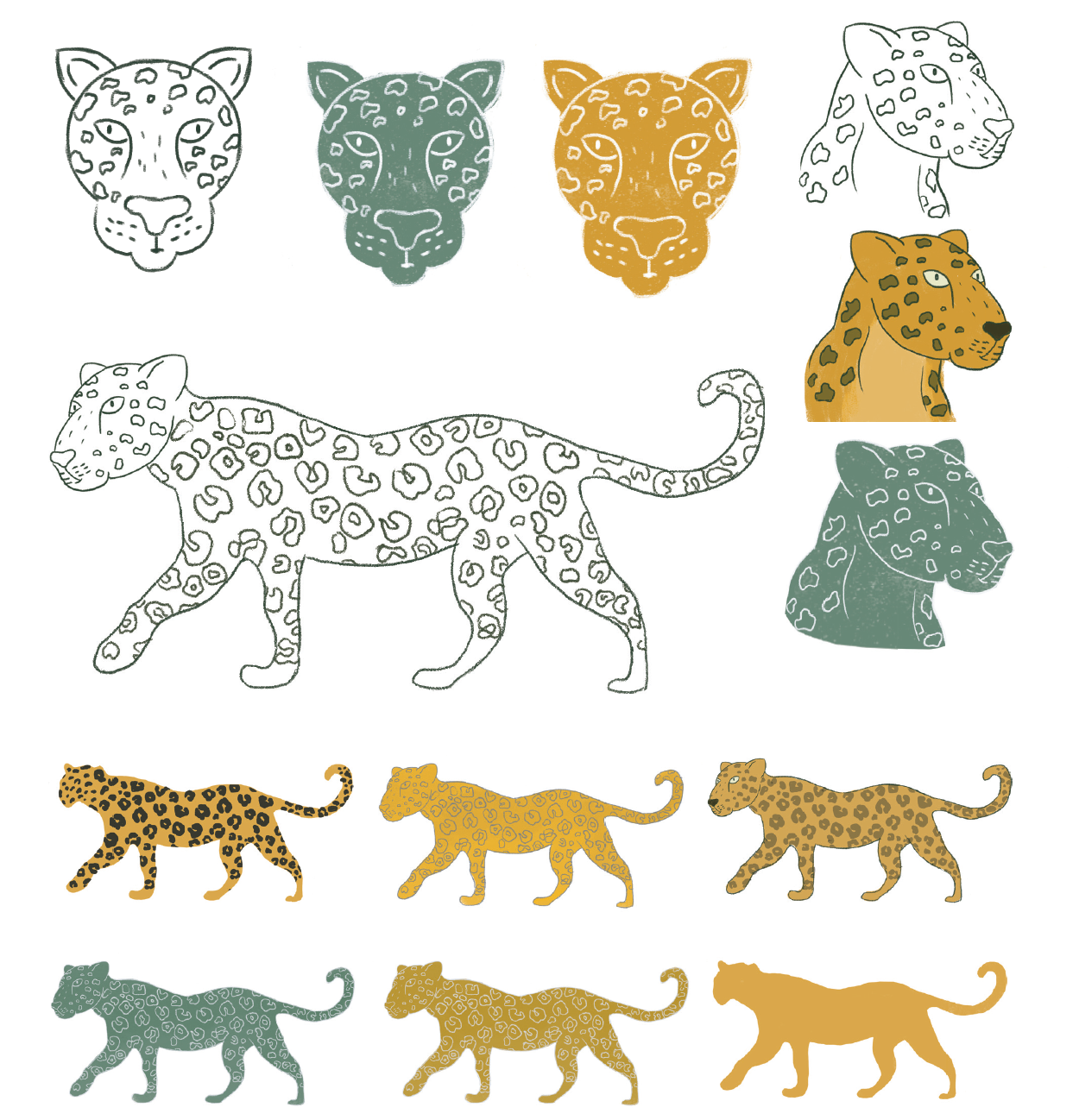
One of the main hurdles for me was how I chose to portray these cats to the people of Mumbai. I did not want to humanize them by giving them speech bubbles or make it comical (I did not want people to go take a selfie when the spot a leopard in the city). I decided to present the leopards the way they are- residents of Mumbai who also have to pay a price to live in this metropolitan city.
Leopards of Mumbai is a website that primarily uses these big cats as a storytelling device to resonate with the people of Mumbai. Further, this project aims at increasing the awareness and sensitizing people towards their city’s biodiversity.
My two hero leopards were Bindu, a graceful young leopard of Aarey Milk Colony who is used to living alongside humans and Ajoba, a farmland leopard, who walked around 120km (through villages, railway stations and even a creek without harming or even being noticed by humans) in 29 days to go back to his home.
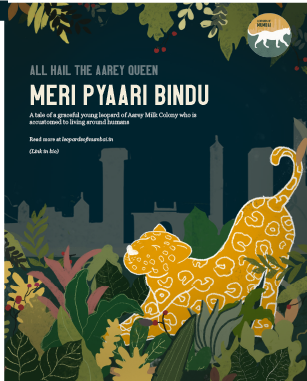

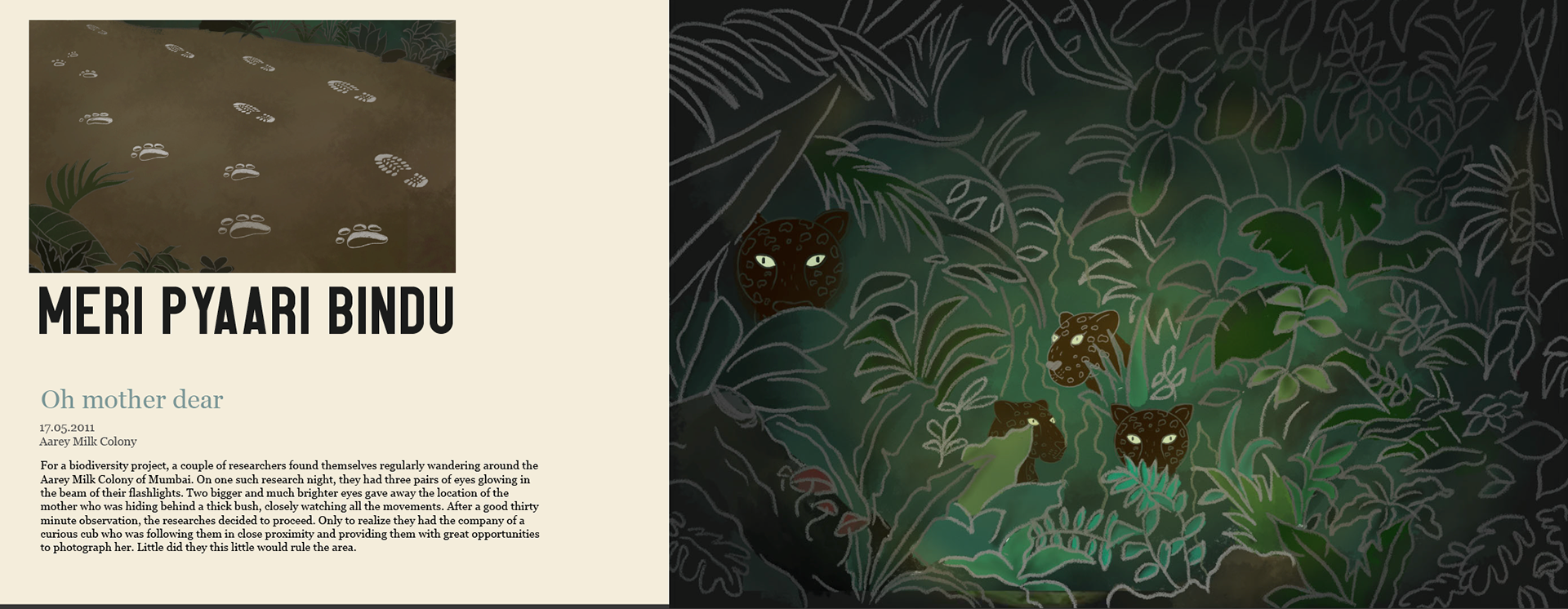
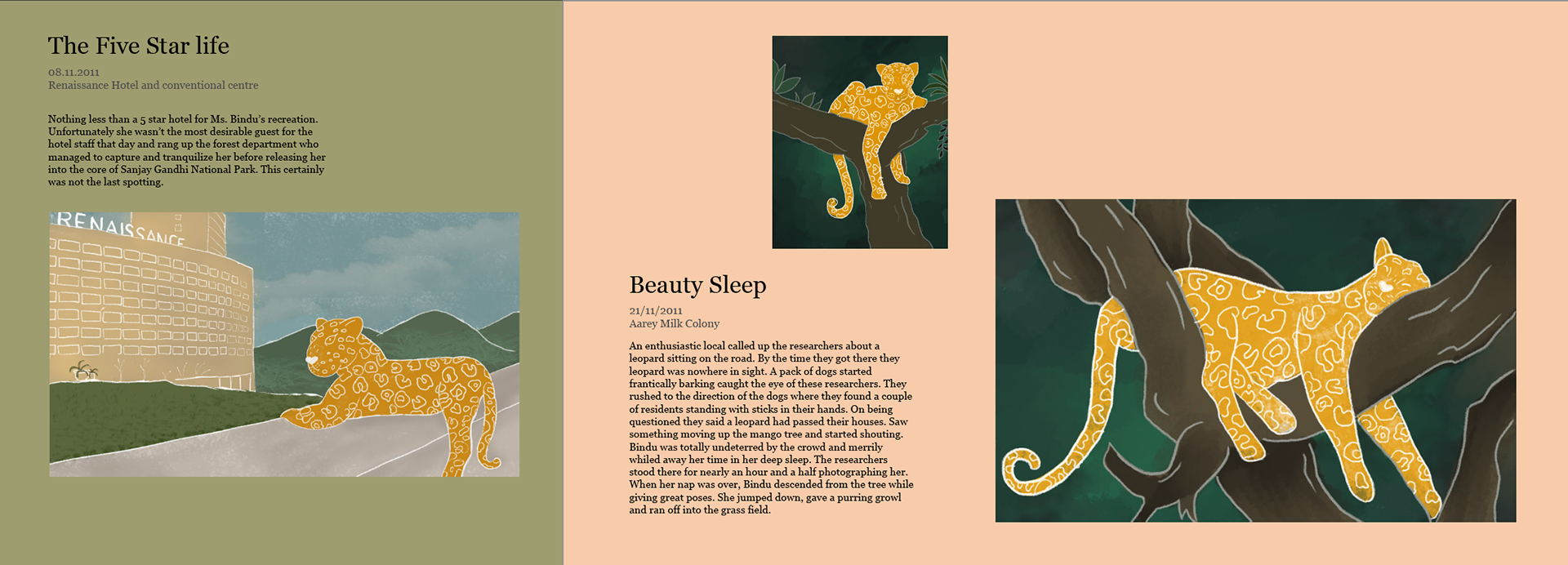



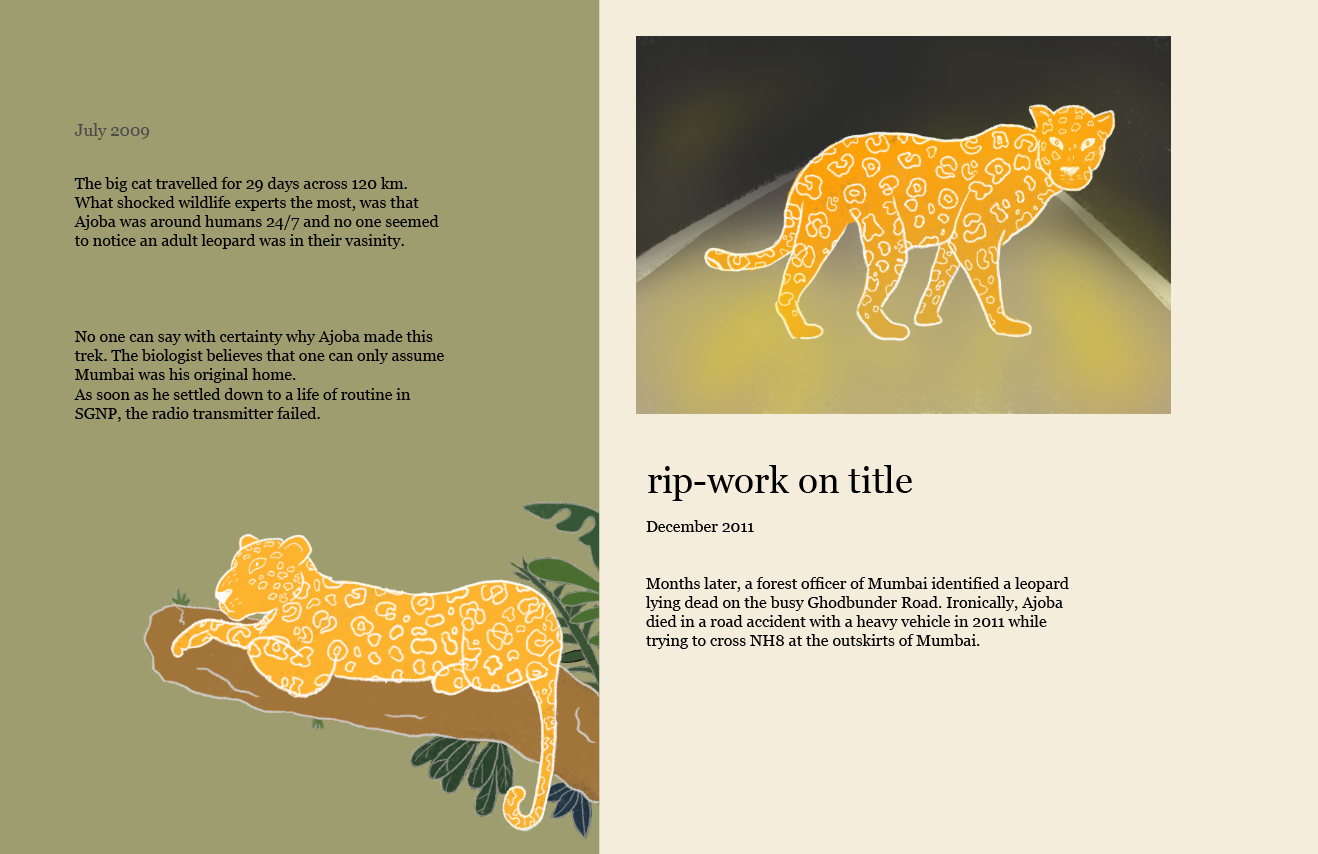

Final Website and adverts
